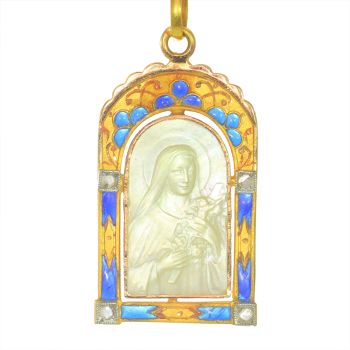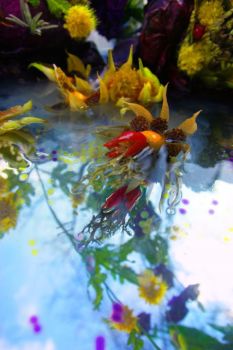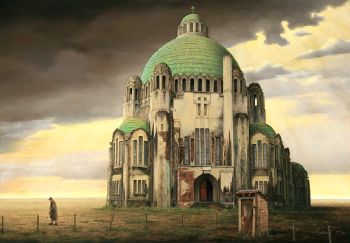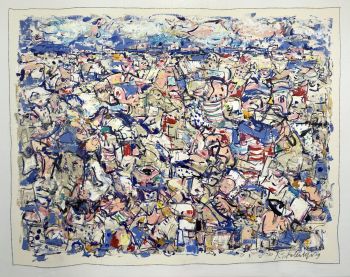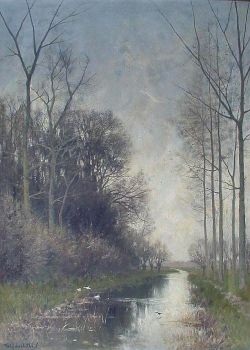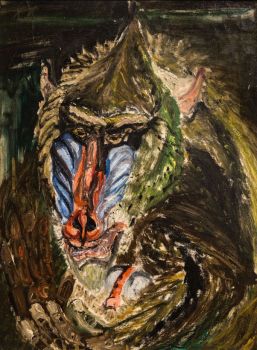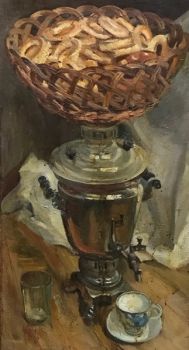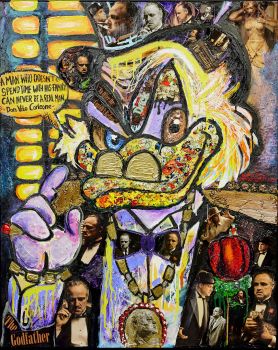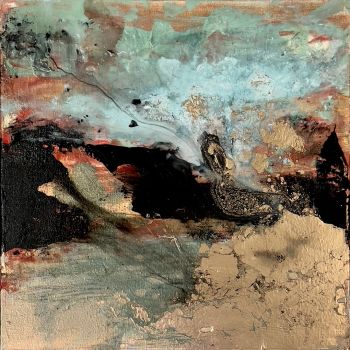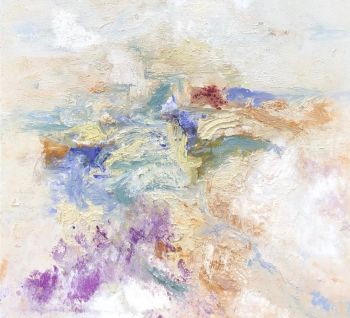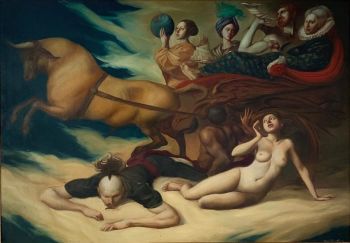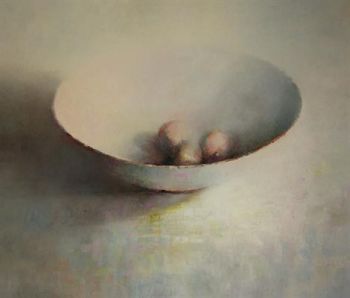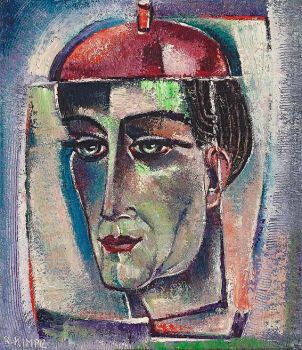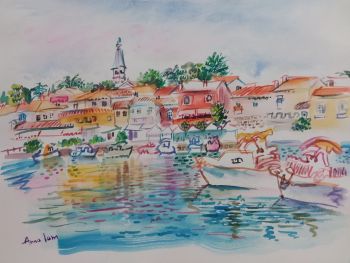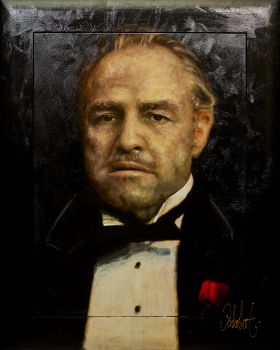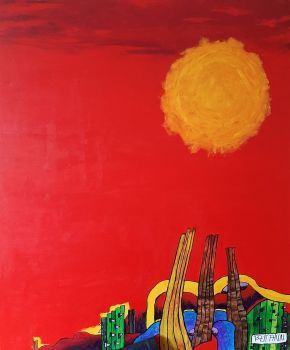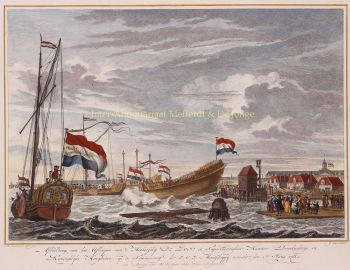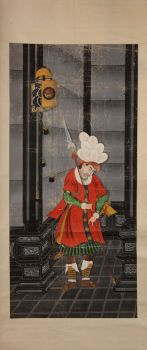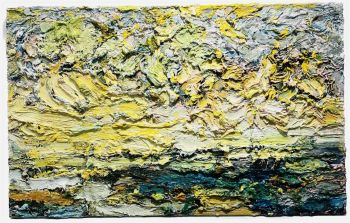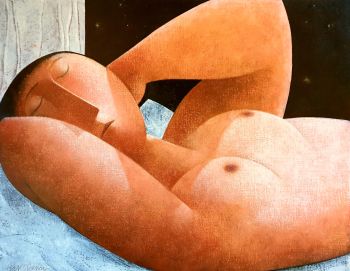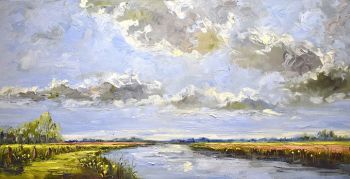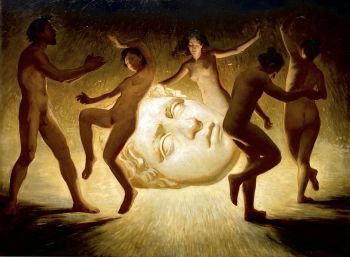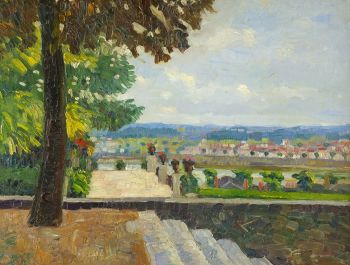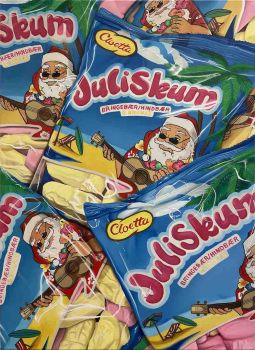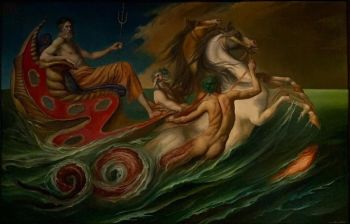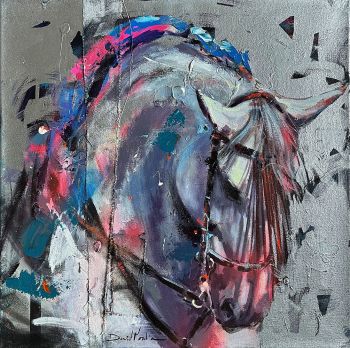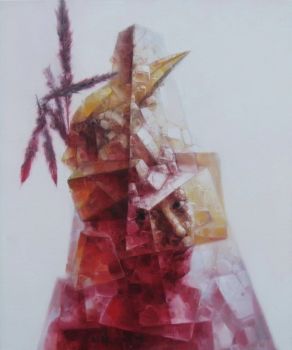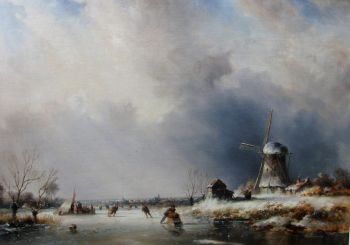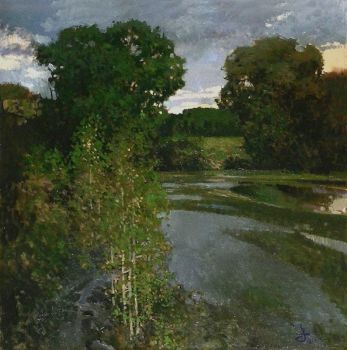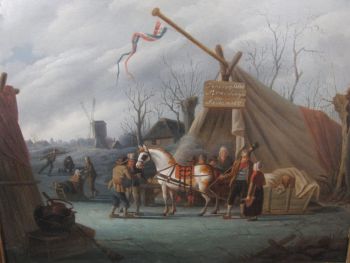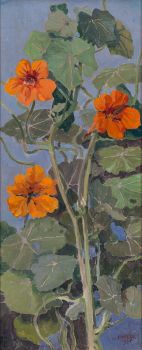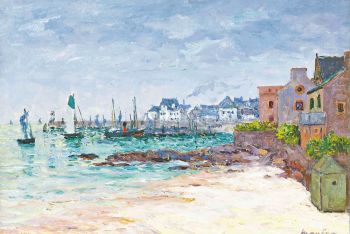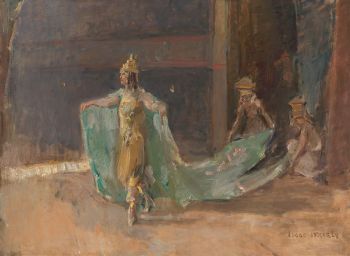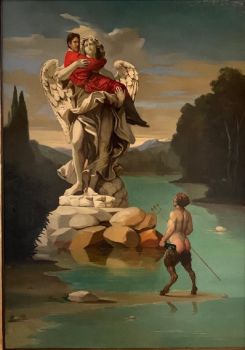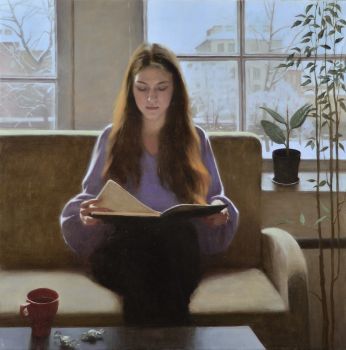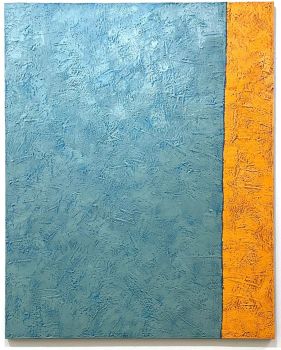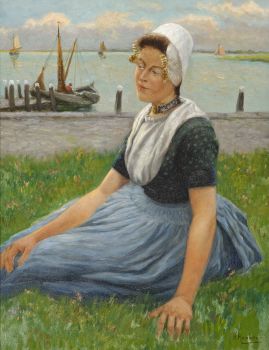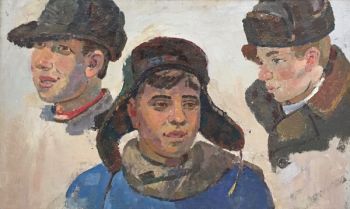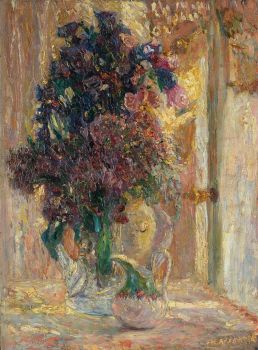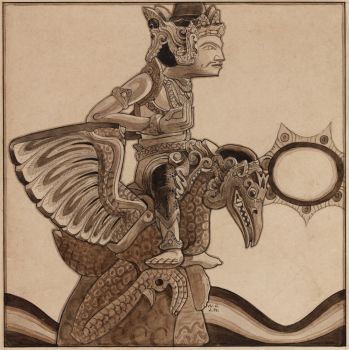Portrait of Hendrik Brouwer (c. 1581-1642), Governor-General of the former Dutch East-Indies 1650 - 1700
Artiste Inconnu
Huile sur toile originale
33 ⨯ 24 cm
Prix sur demande
Zebregs & Röell - Fine Art - Antiques
- Sur l'oeuvre d'artTitled ‘Hendrik Brouwer Gouvr. Generl. van India’ and annotated at the reverse 1640 Holl. Ausstellung Lenzburg 1934, Katalog
Oil on panel, H. 33 x W. 24.6 cm
Hendrik Brouwer was born in circa 1581, somewhere in the Spanish Netherlands. He moved to Amsterdam at a young age, where he served six years as an apprentice to Leonard van Raey, an Amsterdam merchant, for whom he made journeys to Spain, Portugal and possibly the Dutch East Indies. In 1610 Brouwer sailed to the East Indies as commander of a fleet of three ships. On his initiative, he explored the Southern route, from Cape of Good Hope to the East, turning North to Java almost as far as the west coast of Australia. This route was so much quicker that the Heeren XVII, the VOC directors in the Netherlands, decided that this would be the route to Batavia (Jakarta) from then on.
In Batavia, he didn’t get on very well with Governor-General Pieter Both, who sent him as Opperhoofd or Chief-Merchant to the VOC trade post in Japan, Hirado, in 1613. Brouwer made a court journey to Edo to pay respect to the Shogun and bring him the customary gifts such as telescopes, guns, globes and books on European science and shipbuilding. In 1613 Brouwer established the first Dutch trade post in Siam.
He returned to Amsterdam in 1617, where he became one of the directors of the VOC. In 1632 he accepted, for three years, the post of Governor-General in Batavia. In 1641 Brouwer was back in Amsterdam but apparently out of favour
with the Directors of the VOC, as he was now appointed Governor-General of the WIC, the Dutch West India Company. The position was not bad, if he had not been commanded to sail out to conquer the Spanish silver mines in Peru. During the magnanimous but unsuccessful attempt, Brouwer died in 1642 in front of the coast of Chili at Puerto Inglés. - Sur l'artiste
Il peut arriver qu'un artiste ou un créateur soit inconnu.
Certaines œuvres ne doivent pas être déterminées par qui elles sont faites ou elles sont faites par (un groupe d') artisans. Les exemples sont des statues de l'Antiquité, des meubles, des miroirs ou des signatures qui ne sont pas claires ou lisibles, mais aussi certaines œuvres ne sont pas signées du tout.
Vous pouvez également trouver la description suivante :
•"Attribué à …." A leur avis probablement une oeuvre de l'artiste, au moins en partie
•« Atelier de …. ou « Atelier de » À leur avis, une œuvre exécutée dans l'atelier ou l'atelier de l'artiste, éventuellement sous sa direction
•« Cercle de… ». A leur avis une oeuvre de la période de l'artiste témoignant de son influence, étroitement associée à l'artiste mais pas forcément son élève
•« Style de … ». ou "Suiveur de ...." Selon eux, une œuvre exécutée dans le style de l'artiste mais pas nécessairement par un élève ; peut être contemporain ou presque contemporain
•« Manière de… ». A leur avis une oeuvre dans le style de l'artiste mais d'une date plus tardive
•"Après …." A leur avis une copie (quelle qu'en soit la date) d'une oeuvre de l'artiste
•« Signé… », « Daté… ». ou « Inscrit » À leur avis, l'œuvre a été signée/datée/inscrite par l'artiste. L'ajout d'un point d'interrogation indique un élément de doute
• "Avec signature ….", "Avec date ….", "Avec inscription …." ou "Porte signature/date/inscription" à leur avis la signature/date/inscription a été ajoutée par quelqu'un d'autre que l'artiste
Êtes-vous intéressé par l'achat de cette oeuvre?
Artwork details
Related artworks
- 1 - 4 / 12
Fredericus Jacobus van Rossum du Chattel
Poldervaart in the Vecht river region1899 - 1901
Precio a consultarKunsthandel Pygmalion
1 - 4 / 24Artista Desconocido
UN INUSUAL PLATO DE PLATA CON LOBBED INDONESIOlate 17th
Precio a consultarZebregs & Röell - Fine Art - Antiques
Artista Desconocido
UNA COLECCIÓN DE CUATRO CAJAS BÍBLICAS DE MARFIL DE SRI LANKAN18th century
Precio a consultarZebregs & Röell - Fine Art - Antiques
Artista Desconocido
A superb Indonesian royal gem-set gold overlaid silver betel box19th century
Precio a consultarZebregs & Röell - Fine Art - Antiques
Shiba Kokan
Pintura de un holandés de fantasíaearly 19th
Precio a consultarZebregs & Röell - Fine Art - Antiques
1 - 4 / 24- 1 - 4 / 24
Artista Desconocido
IMPORTANTE Y RARO PINTURA INDIA DE ESTILO DE COMPAÑÍA EN MARFIL QUE REPRESENTA UN DESFILE1850 - 1900
Precio a consultarZebregs & Röell - Fine Art - Antiques
 curada por
curada porDanny Bree
Artista Desconocido
UN NETSUKE MARINE MARFIL DE UN HOLANDÉS CON UN VENTILADOR CHINO18th century
Precio a consultarZebregs & Röell - Fine Art - Antiques
Artista Desconocido
A Dutch colonial Indonesian betel box with gold mounts1750 - 1800
Precio a consultarZebregs & Röell - Fine Art - Antiques
1 - 4 / 12




